Our History
Experts believe the islands along the Texas coast began life as a submerged sand bars about 4,500 years ago.
The island was first called Wild Horse Island, then Mustang because of the wild horses called "Mestenos", brought to the island by the Spaniards in the 1800's.
The first known human occupants of the island were the Karankawas Indians. Spanish explorer Cabeza de Vaca was probably the first European to meet the Karankawas in 1528.
Jean La Fitte and his band of buccaneers spent a lot of time on neighboring islands as well as Mustang Island in the 1820's. Legend has it that somewhere on the island is a Spanish dagger with a silver spike driven through the hilt marking the spot where La Fitte buried a chest of gold and jewels.
As the still natural pass attracted more and more commerce and updated charts were needed, there appeared an 1833 map which noted the location of what would become Port Aransas, but was then called Sand Point. The pass was given the name Aranzazu, which later became Aransas.
During the 1846-48 Mexican War, a small fort was built on Mustang Island to guard the entrance to Aransas Bay. It was used until after the Civil War.
In the 1850's regular steamship service ran between Mustang Island and New Orleans. The first deep draught steamship went through the Pass in 1859. Mercer Docks was destroyed during the 1875 Storm, thus ending the service.
The town of Mustang Island was called Ropesville by the early 1890's but changed its name to Tarpon by 1899 because of the large numbers of the fish being caught in its waters. The population at that time was about 250. Citizens began calling their town Port Aransas about 1910. The storm of 1919 virtually wiped out the town except for a few structures.
At the turn of the century, the village was doing big business in sea turtle export with some catches weighing up to 500 pounds. They were shipped live, on their backs, to market. It is estimated that some 600+ species of saltwater fish inhabit the waters off the islands.
For additional history and an overview of Port Aransas / Mustang Island, visit the newly renovated foyer located in City Hall at 710 W. Avenue A and Cutoff Road and the University of Texas Marine Science Institute Visitor Center located on Cotter Avenue at the beach.
Port Aransas: 3370 (2000 Census)
Registered Voters: 3,075 (2009)
You can take a stroll through the past also, by visiting the Port Aransas Museum.
Port Aransas Museum
